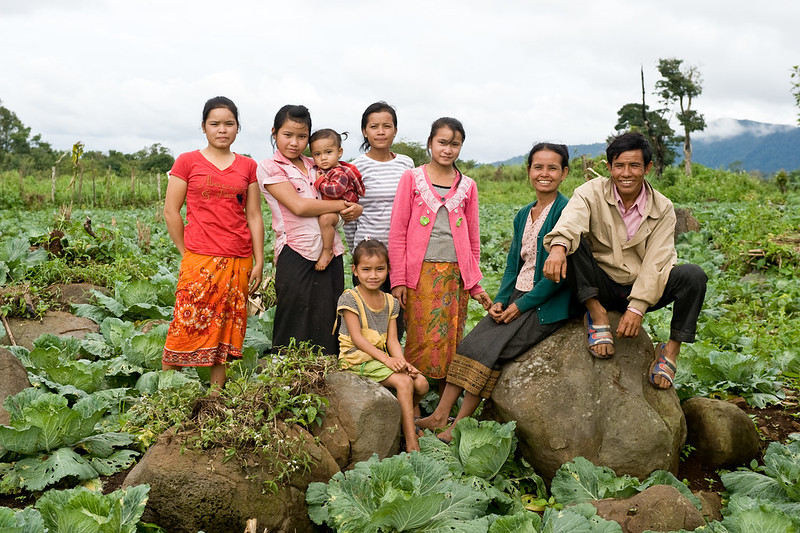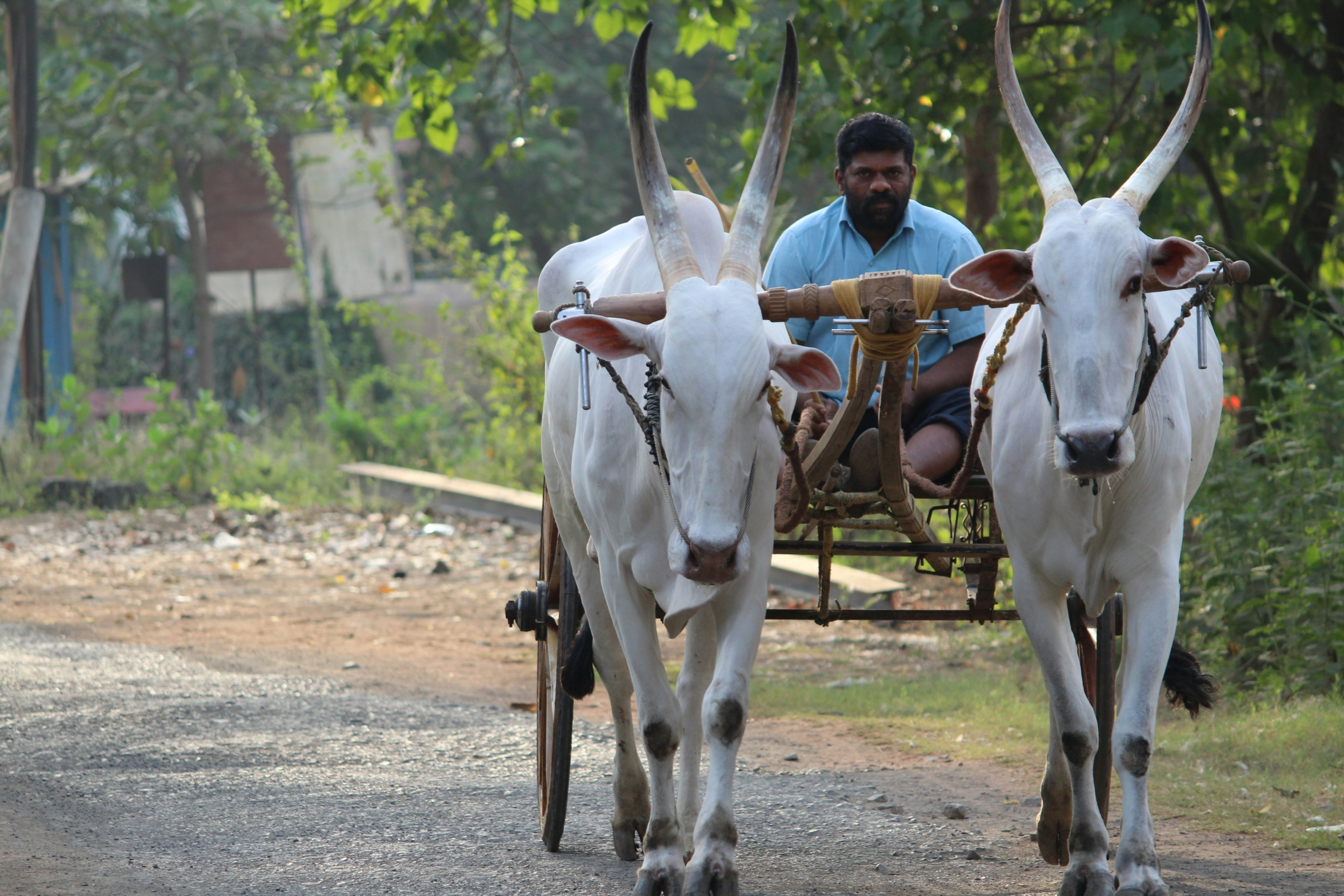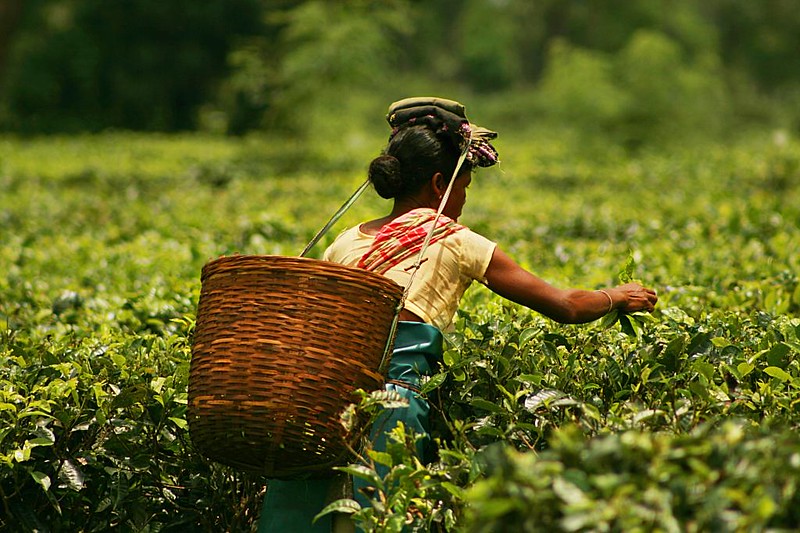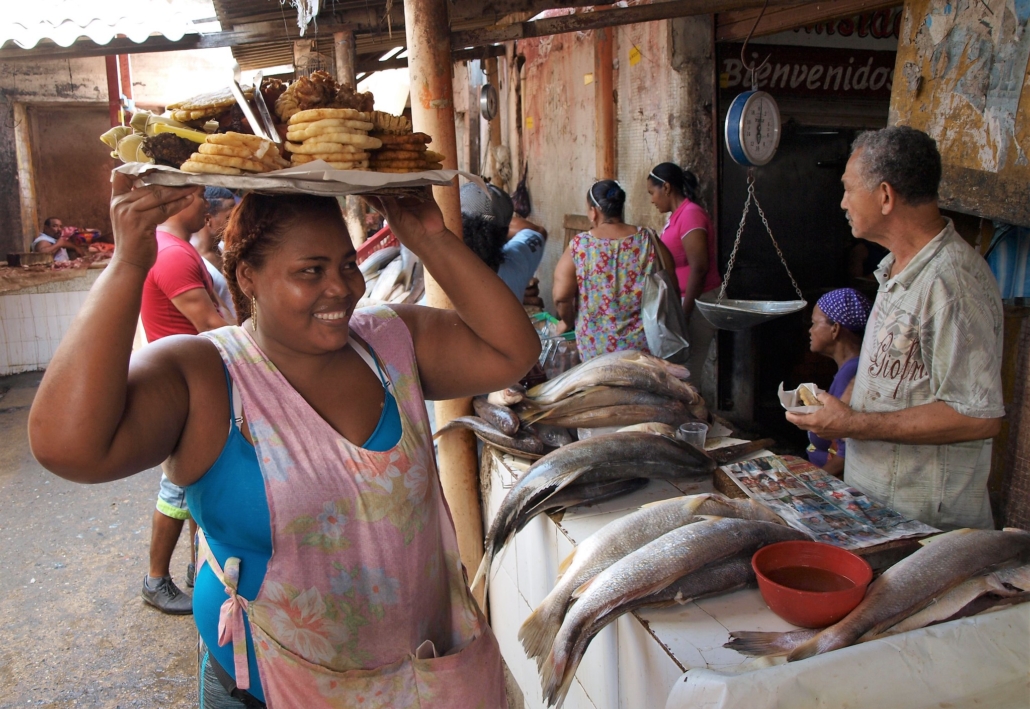 Kauai, known as Hawaii’s “Garden Isle” for its breathtaking landscapes and lush greenery, faces a challenge not immediately apparent to its visitors–food insecurity. Despite the island’s beauty, residents of the island struggle with a food insecurity rate of 20% as of 2020, higher compared to other hunger data sources. Additionally, the state of Hawaii struggles with hunger as well, with a food insecurity rate of 22%, according to 2018 BRFSS data. To address this critical issue, the Kauai Food Bank has emerged as a vital organization dedicated to fighting hunger and providing essential resources to those in need.
Kauai, known as Hawaii’s “Garden Isle” for its breathtaking landscapes and lush greenery, faces a challenge not immediately apparent to its visitors–food insecurity. Despite the island’s beauty, residents of the island struggle with a food insecurity rate of 20% as of 2020, higher compared to other hunger data sources. Additionally, the state of Hawaii struggles with hunger as well, with a food insecurity rate of 22%, according to 2018 BRFSS data. To address this critical issue, the Kauai Food Bank has emerged as a vital organization dedicated to fighting hunger and providing essential resources to those in need.
How It Helps
The Kauai Food Bank plays a crucial role in the community by offering various programs to alleviate hunger. One of the primary services the organization provides is food assistance through its distribution centers. These centers are strategically located across the island to ensure food is accessible to all residents, including those living in remote areas. The organization also hosts distribution events from their Lihue warehouse every second and fourth Wednesday of the month.
Pop-Up Events
In response to the heightened food insecurity that the COVID-19 pandemic caused, the Kauai Food Bank introduced “pop-up” food distribution events. The organization designed these events to meet the urgent needs of those disproportionately affected by the pandemic. The pop-up events provide essential items such as fresh produce, pantry staples, and other groceries. By bringing food directly to the communities that need it most, the food bank has reached more people and provided immediate relief to families struggling during these difficult times. The success of these events highlights the food bank’s ability to adapt to changing circumstances and continue its mission under challenging conditions.
Partnerships
The Kauai Food Bank’s efforts are further amplified through its partnerships with other local organizations and corporations. By collaborating with corporations, schools, shelters and nonprofit organizations, the food bank has created a network of support that allows it to extend its reach and impact. An example of a contribution that resulted from a partnership with the Kauai Food Bank would be Project Keiki, a community-giving program dedicated to providing food for children when they don’t have access to school lunches. Foodland Super Market, a local Hawaii grocery store chain, helped launch this project with the state food bank, which branched out to all island-local food banks.
Achievements
A study published in 2024 revealed that Kauai has the lowest household food insecurity rate in Hawaii, at just 23%. This achievement directly results from the concerted efforts of the Kauai Food Bank and its partners. The study’s findings underscore the importance of the food bank’s work and its positive impact on the community. Continued efforts are necessary to maintain and further reduce food insecurity, ensuring all residents have access to the resources they need to thrive.
Kauai Food Bank: Even More Success
The Kauai Food Bank also focuses on serving special populations within the community, including children and families. During a recent food distribution event, the Kauai Food Bank and the Hawaii Foodbank provided enough food to support more than 500 individuals and families. This event is just one example of how the food bank’s targeted initiatives are making a tangible difference in the lives of Kauai’s residents. The ability to reach such a large number of people in a single event demonstrates the food bank’s capacity to mobilize resources quickly and efficiently, a critical factor in the fight against hunger.
Conclusion
Looking ahead, the Kauai Food Bank remains steadfast in its mission to eliminate hunger on the island. As the island’s economy continues to recover from the pandemic’s effects, the food bank’s role will be more important than ever. By providing not only food but also hope and support, the Kauai Food Bank is a lifeline for many residents, ensuring that the island’s beauty is reflected not just in its landscape, but in the well-being of its people.
– Christian Core
Christian is based in Princeville, HI, USA and focuses on Good News for The Borgen Project.
Photo: Flickr









